
The sonnet’s Italian origins.
The sonnet has been so pervasive among English poets for the past five centuries that it’s easy to forget that the romantic and balladic form’s origins are not English, but Italian (sonetto means "little song"). Sir Thomas Wyatt didn’t bring the form he learned from Francesco Petrarch back to the British Isles until some 300 years after early 13th century Sicilian wordsmith Giacomo da Lentini first put together two quatrains and two tercets for a romantic 14-line poem.
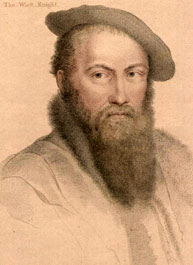
The sonnet had already existed for 300 years when Sir Thomas Wyatt brought it to the English Isles. Portrait by Hans Holbein.
|
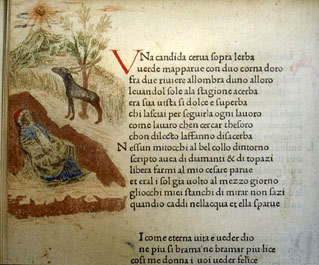
Francesco Petrarch, who refined the form, filled Il Canzoniere with sonnets of love and passion.
|
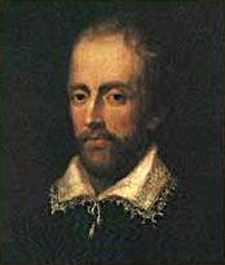
An English love affair.
England fell most deeply in love with the sonnet. Wyatt’s import of the Petrarchan form of fourteen 10-syllable lines (abab cdcd efef gg) inspired sonnet sequences by Sir Philip Sydney (Astrophil and Stella), Samuel Daniel (Delia), Thomas Lodge (Phillis), Michael Drayton (Ideas Mirror), and many more.
In the 1590s, Sir Edmund Spenser and William Shakespeare mastered the sonnet and changed its structure to suit their respective needs. By the time Spenser and Shakespeare became famous, the three most noteworthy sonnet structures were in place: the Petrarchan, Spenserian, and Shakespearean forms.
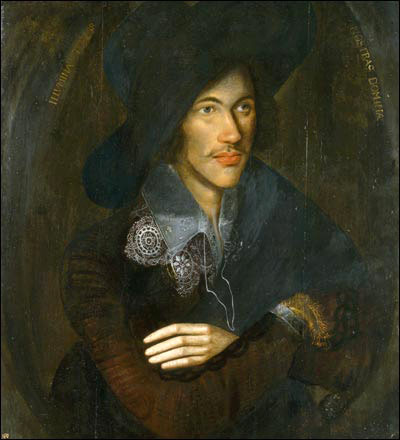
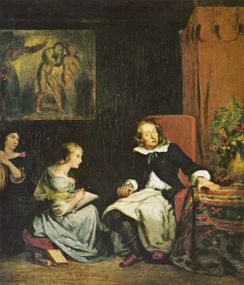
Milton’s lone quest.
The sonnet’s next evolutionary breakthrough came in the mid-17th century from John Milton, who dispensed with love themes and wrote about events, people, and occasions. He also added a fourth twist to the structure, combining an eight-line stanza with an abbaabba rhyme scheme and a six-line stanza with a rhyme scheme he varied from poem to poem. Still, Milton was alone and adrift in the long-lasting ebb of the sonnet, and only a few 18th century poets, such as Thomas Gray, took up the cause.
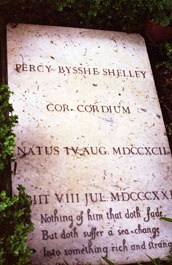
The sonnet’s revival.
Prolific Romanticists eventually came to the rescue and sought poetic influences from Ancient Greece forward. William Wordsworth, John Keats, and Percy Bysshe Shelley led a full-throated revival of the sonnet, writing some of the English language’s greatest poems. When Lord Byron and Shelley traveled to Italy, they – along with leading writers like Ugo Foscolo and Giosue Carducci – ignited a revival in the form’s motherland. France responded with sonnet sequences from Charles Baudelaire and Theophile Gautier. The English revival continued well into the 19th century, with Elizabeth Barrett Browning and Christina Rossetti introducing female desire into sonnets.
The 20th century was equally ripe with sonneteers, thanks to turn-of-the-century purveyor Gerard Manley Hopkins. Memorable sonnets were written by America’s Robert Frost and Robert Lowell; England’s W.H. Auden, Dylan Thomas, Seamus Heaney and John Crowe Ransom; France’s Arthur Rimbaud; Germany’s Ranier Maria Rilke; Ireland’s Patrick Kavanagh; Wales’ Dylan Thomas; and Scotland’s Edwin Morgan.

